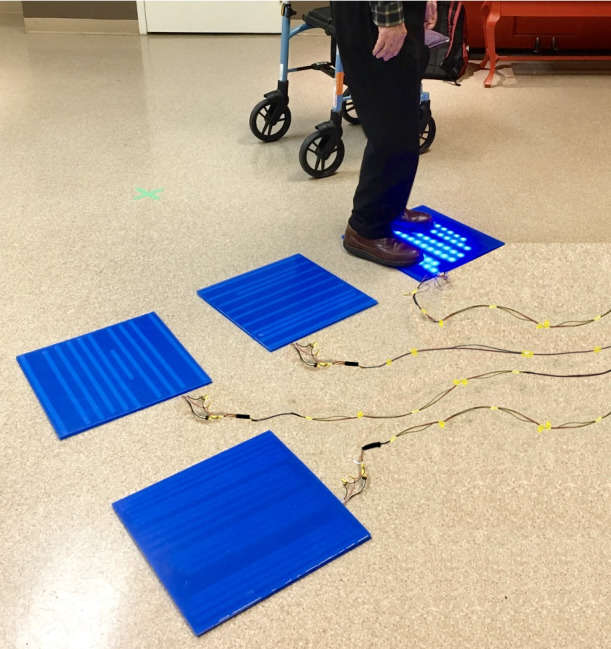Table 2.
Summary of iterative development process presented in rounds 1 and 2.
| Round | Description of prototype | Primary areas for refinement |
| 1 |

|
|
| 2 |

|
|
aRGB: red, green, blue.
Summary of iterative development process presented in rounds 1 and 2.
| Round | Description of prototype | Primary areas for refinement |
| 1 |

|
|
| 2 |

|
|
aRGB: red, green, blue.